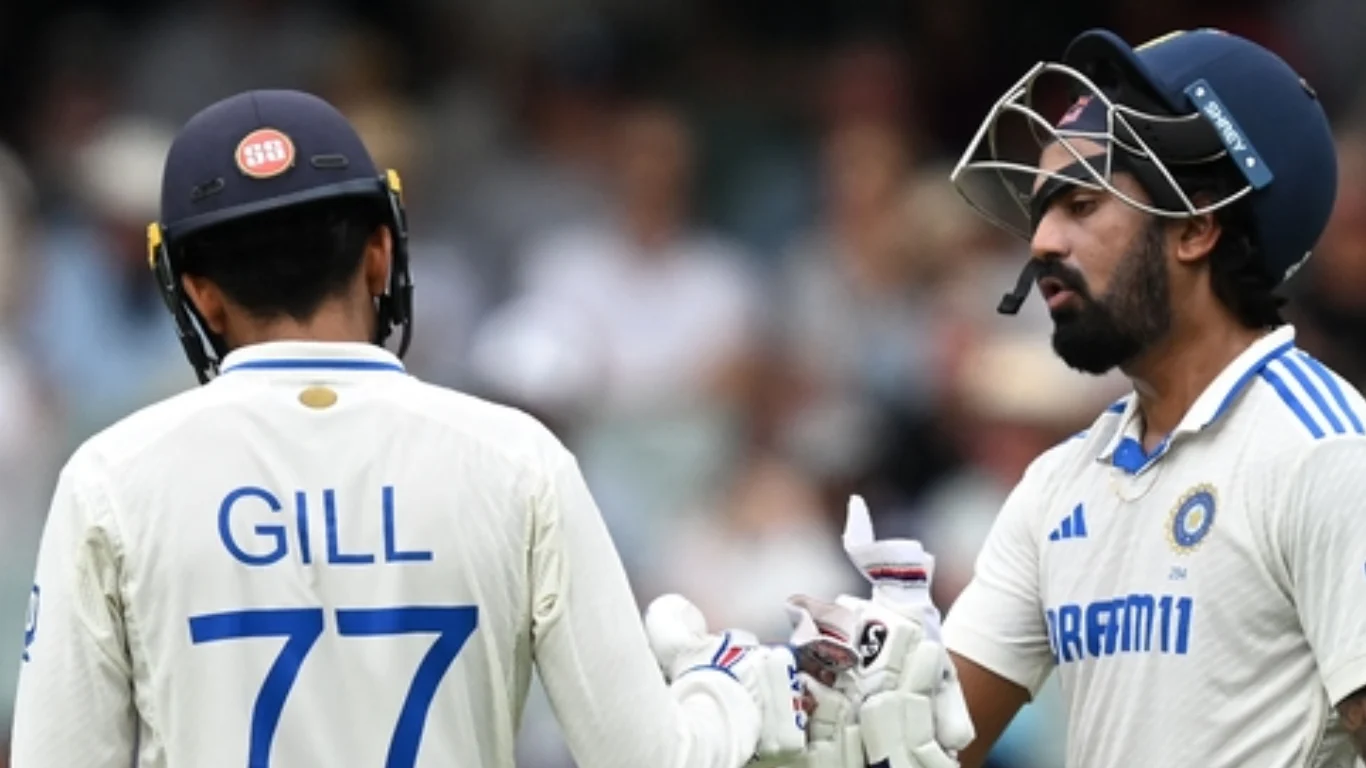
Indian Test cricket stands on the precipice of a new era—an era both uncertain and full of promise. With the retirements of two of its most iconic batters, Virat Kohli and Rohit Sharma, coming in quick succession, the national team faces a generational transition not witnessed since the twin departures of Rahul Dravid and VVS Laxman in 2012. But while the Dravid-Laxman exodus still had the cushion of Sachin Tendulkar’s presence, the current scenario is starker. There is no great constant left, no safety net of experience, no elder statesman to hold the fort while the younger players grow into their roles.
As India prepares to embark on a grueling five-Test series in England starting June 20, the stakes couldn’t be higher. The tour will serve as the first true examination of the post-Kohli-Rohit generation—a group that will need to adapt quickly, assert itself decisively, and convince the cricketing world that Indian Test cricket’s golden age isn’t over, merely evolving.
The End of an Era
Between them, Virat Kohli and Rohit Sharma have not only amassed over 13,500 runs and 42 centuries in Test cricket but have also been central figures in defining India’s batting ethos. Kohli, with his fiery temperament and aggressive captaincy, carried the team through several landmark overseas wins. Rohit, more restrained in demeanor but equally effective, redefined himself as a solid opener in the longest format, offering India stability at the top.
Their retirements came within a week of each other, shocking many who expected at least one of them to see through the World Test Championship cycle. Their combined exit doesn’t just leave a statistical void—it disrupts the psychological core of the team. These were not just players; they were the cultural leaders of Indian cricket for more than a decade.
Searching for Stability
With Kohli and Rohit gone, the team now looks to KL Rahul to be the bridge between the old and the new. Rahul, who debuted in 2014, is now the most experienced specialist batter in the squad. He has shown flashes of brilliance over the years, particularly overseas, but his inconsistency continues to be a source of concern. His 3,257 runs at an average of 33.57 from 58 matches don’t inspire overwhelming confidence, but they do place him as a central figure in the batting lineup.
While Rahul may be the statistical veteran, it is the emerging core that holds the key to India’s future. And in this group, four names stand out.
The New Guard
Shubman Gill
The heir apparent in many ways, Gill has shown the technique and temperament to succeed in Test cricket. His performances in Australia and at home have already made headlines, but now the expectations are much higher. With whispers of him being groomed for the Test captaincy, Gill is no longer just a rising star—he is the face of this transitional team. His ability to adapt to different conditions and handle pressure will be closely watched in England.
Rishabh Pant
India’s most explosive red-ball talent in years, Pant has already proven his match-winning credentials in countries like Australia and England. Having recovered from a serious injury layoff, Pant’s return brings both balance and unpredictability to the middle order. His natural aggression, combined with improved game awareness, could be a game-changer in the Bazball era where momentum can shift rapidly.
Yashasvi Jaiswal
A run-machine in domestic cricket, Jaiswal has burst onto the international scene with a maturity beyond his years. A naturally aggressive player, he fits well into modern Test cricket’s quicker rhythm. What sets Jaiswal apart is his hunger—he doesn’t just score runs, he dominates attacks. His performances so far have drawn admiration from international stars, and this tour will be a litmus test for his technique against high-quality swing and seam.
Cheteshwar Pujara
Although not part of the original trio of future stars, Pujara represents the enduring link to India’s recent Test successes. A warrior in whites, Pujara’s grit and patience have earned him respect worldwide. While his recent form has been underwhelming, and he no longer commands an automatic selection, his experience could be vital in mentoring the younger players, especially on a tough tour like England.
The England Factor
Test tours of England have historically been the ultimate examination for Indian batters. The swinging Duke ball, erratic weather, and lively pitches have tested the best. Traditionally, Indian batters have found these conditions difficult to master, often crumbling against skillful seam attacks.
However, under the Stokes-McCullum regime, England’s Test landscape has changed. Pitches have flattened out, the Dukes ball has strangely lost some of its swing magic, and a relentless commitment to aggressive cricket—popularly dubbed “Bazball”—has rewritten expectations from both batters and bowlers.
For India’s young batting lineup, this is both a challenge and an opportunity. They won’t be asked to survive 120 overs in gloomy Leeds against Anderson and Broad on a green top. Instead, they’ll need to score quickly, respond to pressure with intent, and understand that momentum, more than accumulation, defines today’s Test cricket.
England, while bullish about a 5-0 sweep, will also be wary. The fearless attitude that Kohli instilled and Rohit maintained has rubbed off on India’s next generation. Players like Gill, Pant, and Jaiswal don’t carry the scars of past failures in England. They come in fresh, fearless, and unburdened.
A Test of Character
This England tour is more than just another away series. It’s a referendum on the direction Indian Test cricket is taking. Can the new faces shoulder the burden of expectation left behind by modern greats? Can they match skills with one of the most aggressive Test teams in history and come out stronger?
The tools are there. The talent pool is deep. The hunger is evident. But this is a moment that demands more than just skill—it demands resilience, adaptability, and leadership.

















